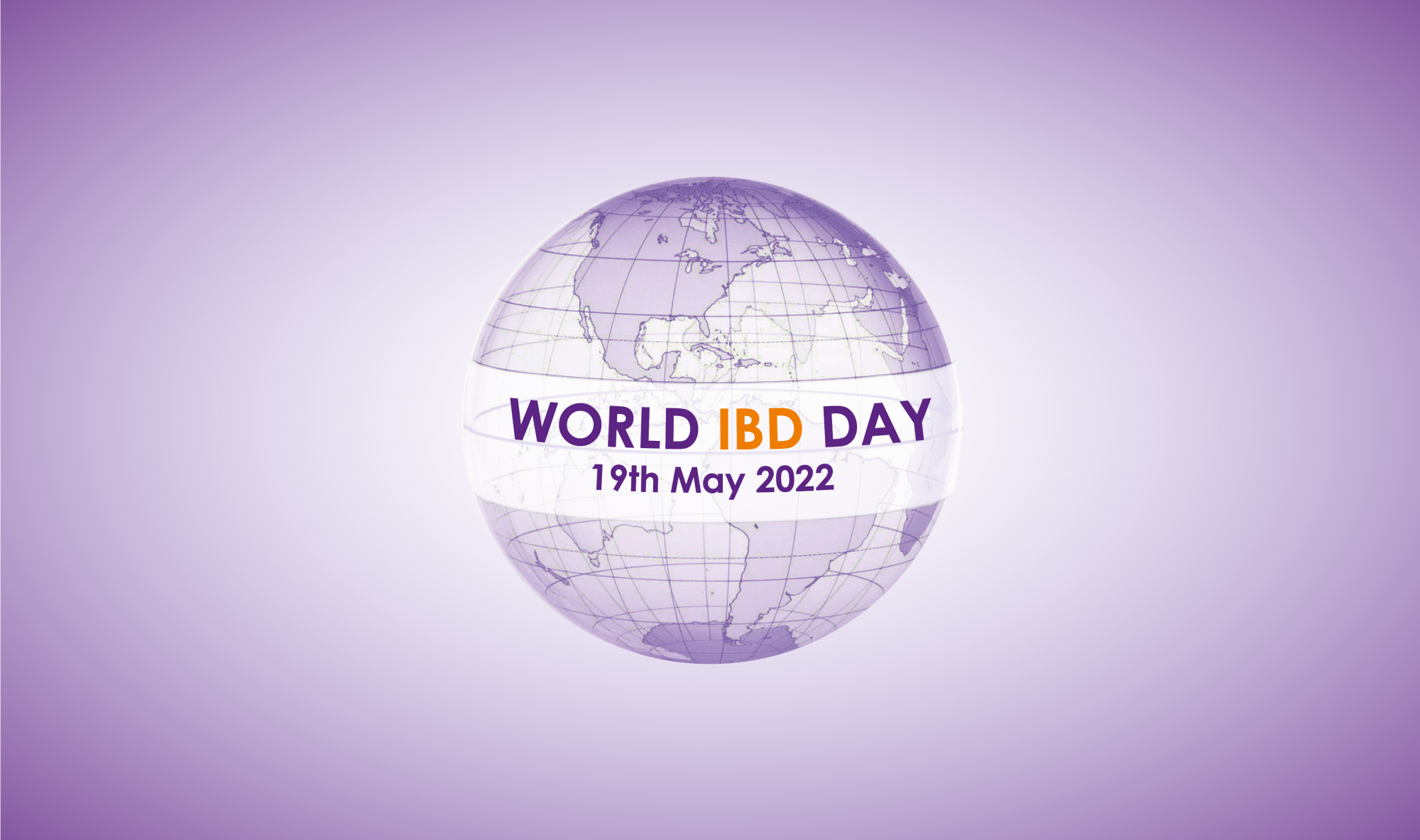


Inflammatory bowel disease (IBD), mainly divided into Crohn's disease (CD) and ulcerative colitis (UC), are diseases whose causes are not fully understood and for which there is no cure. The chronic progression of IBD is characterized by periods of symptomatic relapses and symptom-free phases. During relapses, acute inflammation occurs in the bowel of IBD patients, leading to typical symptoms such as chronic diarrhea, abdominal pain, and/or weight loss. However, these symptoms are not specific to IBD, but can also be caused, for example, by irritable bowel syndrome (IBS). Therefore, examination of the patients is necessary for differential diagnosis.
The gold standard in the diagnosis of IBD is gastrointestinal endoscopy with additional biopsy. However, this is an invasive and also cost-intensive examination. In addition to endoscopic examination, quantification of inflammatory biomarkers in stool samples of patients with suspected IBD is supported. In this context, the fecal biomarkers calprotectin and lactoferrin have proven particularly useful in the clinical use (Lehmann et al., 2015).
Calprotectin – an established marker for the diagnosis of IBD
Calprotectin is a calcium- and zinc-binding protein with antimicrobial activity, which is mainly produced in neutrophil granulocytes. Here, it accounts for up to 60% of the cytosolic protein content. During intestinal inflammation, neutrophilic granulocytes migrate from the bloodstream into the intestinal lumen (Roseth et al., 1997). There, calprotectin is released and thus can be detected in stool (Roseth et al., 1999). In stool samples from IBD patients, calprotectin concentrations are significantly increased (D'Haens et al., 2012). Moreover, fecal calprotectin concentrations correlate with endoscopic and histologic activity in both adults with UC (Schoepfer et al., 2013) or CD (Langhorst et al., 2008) and children (Fagerberg et al., 2007). Due to the strong clinical data, calprotectin has been established for the diagnosis of IBD in the clinical context (Maaser et al., 2019) and is now considered a fundamental marker.
The IDK® Calprotectin ELISA (K 6927) is a monoclonal test system with high sensitivity and specificity for the detection of intestinal inflammation (both above 90%). In addition to the Calprotectin ELISA, Immundiagnostik offers IDK® TurbiCAL® (TU1021), a turbidimetric assay for the quantitative detection of calprotectin in stool samples.
Lactoferrin – a supportive marker for the diagnosis of IBD
In addition to calprotectin, the biomarker lactoferrin also plays an important role in the diagnosis of IBD. Lactoferrin is an iron-binding glycoprotein of about 80 kDa, which is mainly found in saliva, tear fluid or breast milk. Like calprotectin, lactoferrin is produced in neutrophilic granulocytes. As a component of the innate immune defense, it plays an important role as an antimicrobial peptide released by cells during apoptosis, the programmed cell death. In the case of intestinal inflammation, lactoferrin-producing cells infiltrate the intestinal mucosa, resulting in the detection of increased levels of lactoferrin in stool. Various clinical studies have demonstrated significantly elevated levels of lactoferrin in active relapses in CD and UC patients (Schoepfer et al., 2013). This allows the differentiation between functional inflammation in the gut and chronic inflammation in the case of IBD (Foell et al., 2009).
Immundiagnostik AG offers a specific Laktoferrin ELISA (K 6870) for the quantitative detection of lactoferrin in stool samples. (not for sale in the US)
Collection, storage and preparation of stool samples for the quantification of calprotectin or lactoferrin
Sample preparation for both parameters, calprotectin and lactoferrin, can be combined with the IDK® Stool Sample Preparation Tubes (SAS) filled with the extraction buffer IDK® Extract (K 6999):
Additional biomarkers in the context of diagnosing intestinal inflammation
Besides the classical biomarkers calprotectin and lactoferrin, Immundiagnostik AG offers further parameters that can be used in the context of the diagnosis of intestinal inflammation. The determination of PMN-elastase concentrations from polymorphonuclear granulocytes can be mentioned. As with calprotectin and lactoferrin, PMN-elastase (IDK® PMN-Elastase ELISA, K 6840) is released into the stool in the event of intestinal inflammation (Langhorst et al., 2008). In addition, quantification of myeloperoxidase (IDK® MPO ELISA, K 6630), a lysosomal protein, can provide an impression of prevailing inflammatory reactions in the intestinal tract (Silberer et al., 2005).
Since over 30 years, the Immundiagnostik AG focuses on the development and production of innovative diagnostic tools in the context of diverse clinical indications with the mission – Discover. Develop. Apply.
Literature:
・ D'Haens, G. et al. (2012). Fecal calprotectin is a surrogate marker for endoscopic lesions in inflammatory bowel disease. Inflamm Bowel Dis, 18(12), 2218-2224. https://doi.org/10.1002/ibd.22917
・ Fagerberg, U. L. et al. (2007). Fecal calprotectin: a quantitative marker of colonic inflammation in children with inflammatory bowel disease. J Pediatr Gastroenterol Nutr, 45(4), 414-420. https://doi.org/10.1097/MPG.0b013e31810e75a9
・ Foell, D. et al. (2009). Monitoring disease activity by stool analyses: from occult blood to molecular markers of intestinal inflammation and damage. Gut, 58(6), 859-868. https://doi.org/10.1136/gut.2008.170019
・ Langhorst, J. et al. (2008). Noninvasive markers in the assessment of intestinal inflammation in inflammatory bowel diseases: performance of fecal lactoferrin, calprotectin, and PMN-elastase, CRP, and clinical indices. Am J Gastroenterol, 103(1), 162-169. https://doi.org/10.1111/j.1572-0241.2007.01556.x
・ Lehmann, F. S. et al. (2015). The role and utility of faecal markers in inflammatory bowel disease. Therap Adv Gastroenterol, 8(1), 23-36. https://doi.org/10.1177/1756283X14553384
・ Maaser, C et al. (2019). ECCO-ESGAR Guideline for Diagnostic Assessment in IBD Part 1: Initial diagnosis, monitoring of known IBD, detection of complications. J Crohns Colitis, 13(2), 144-164. https://doi.org/10.1093/ecco-jcc/jjy113
・ Roseth, A. G. et al. (1997). Assessment of disease activity in ulcerative colitis by faecal calprotectin, a novel granulocyte marker protein. Digestion, 58(2), 176-180. https://doi.org/10.1159/000201441
・ Roseth, A. G. et al. (1999). Correlation between faecal excretion of indium-111-labelled granulocytes and calprotectin, a granulocyte marker protein, in patients with inflammatory bowel disease. Scand J Gastroenterol, 34(1), 50-54. https://doi.org/10.1080/00365529950172835
・ Schoepfer, A. M. et al. (2013). Fecal calprotectin more accurately reflects endoscopic activity of ulcerative colitis than the Lichtiger Index, C-reactive protein, platelets, hemoglobin, and blood leukocytes. Inflamm Bowel Dis, 19(2), 332-341. https://doi.org/10.1097/MIB.0b013e3182810066
・ Silberer, H. et al. (2005). Fecal leukocyte proteins in inflammatory bowel disease and irritable bowel syndrome. Clin Lab, 51(3-4), 117-126. https://www.ncbi.nlm.nih.gov/pubmed/15819166